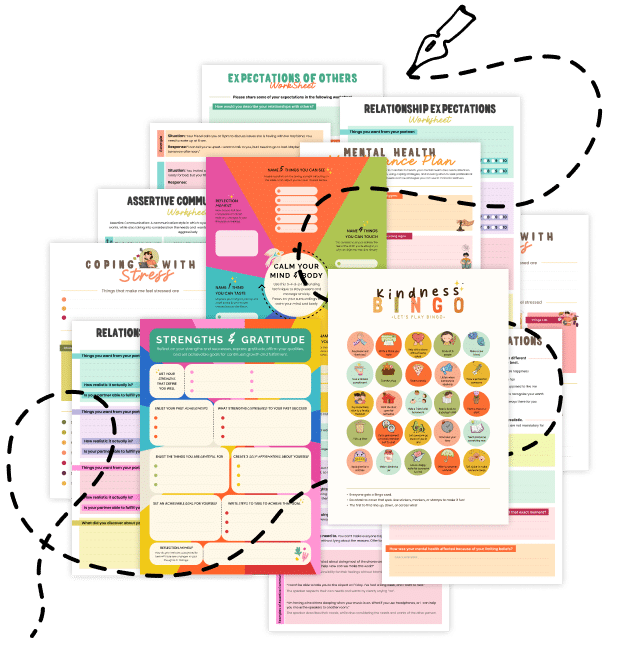20 Things About Stimulus-Stimulus Pairing
Enhance your learning and mental performance by exploring these 20 insights on Stimulus-Stimulus Pairing—what it is, why it matters, and how it can optimize your memory, creativity, and overall cognitive efficiency. Discover how linking related cues can create powerful associations that boost your ability to recall information and form new neural pathways.
1. What Is Stimulus-Stimulus Pairing?
It’s a learning process where two distinct stimuli are intentionally linked, so that encountering one automatically brings the other to mind.
2. Building on Classical Conditioning
This technique is rooted in classical conditioning, where pairing a neutral stimulus with one that naturally elicits a response creates a learned association.
3. Enhancing Memory Recall
By connecting related stimuli, you create mental “shortcuts” that make retrieving information faster and more efficient.
4. Boosting Learning Efficiency
Stimulus pairing simplifies complex information by breaking it into interconnected, easily retrievable units.
5. Improving Multi-Sensory Integration
It encourages the brain to link different sensory inputs—like sight and sound—enhancing overall perceptual learning.
6. Facilitating Habit Formation
Associating cues with desired behaviors can help reinforce habits, making positive actions more automatic.
7. Strengthening Neural Connections
Repeated pairing of stimuli promotes neuroplasticity by reinforcing neural pathways and supporting long-term memory.
8. Reducing Cognitive Load
When information is organized through associations, your brain can process and store it with less mental effort.
9. Enhancing Contextual Learning
Linked stimuli can serve as context cues, enabling you to recall details more effectively when in similar environments.
10. Supporting Creative Thinking
By pairing seemingly unrelated stimuli, you can spark innovative ideas and novel problem-solving strategies.
11. Aiding Skill Acquisition
Whether learning a new language or mastering a musical instrument, stimulus-stimulus pairing can accelerate the learning process.
12. Customizing Your Learning Style
You can tailor stimulus pairing to match your preferred learning modality—visual, auditory, or kinesthetic—to maximize retention.
13. Integrating Digital Tools
Modern apps and software can help you create digital associations through interactive multimedia, enhancing your study sessions.
14. Promoting Active Engagement
Linking stimuli encourages active participation in learning, transforming passive reading into a more dynamic process.
15. Reinforcing Long-Term Retention
The associations formed through pairing are more likely to stick, supporting the consolidation of knowledge over time.
16. Enhancing Test Performance
Stronger memory associations can improve recall during exams, boosting confidence and performance under pressure.
17. Overcoming Learning Plateaus
When traditional study methods aren’t enough, stimulus pairing can offer fresh perspectives and unlock stalled progress.
18. Practical Applications in Everyday Life
From language learning to professional training, pairing techniques can be applied across various domains to enhance performance.
19. Potential Challenges
Ensure that the stimuli you pair are meaningfully related; mismatched associations may lead to confusion rather than clarity.
20. Related Topics to Explore
- Stimulus Discrimination Training – Learn how to differentiate between similar stimuli effectively.
- Active Recall vs. Passive Review – Discover techniques to optimize memory retention.
- Interleaving Practice – Explore how mixing different topics can improve long-term learning.
- Cognitive Load Theory – Understand how managing mental workload enhances performance.
- Memory Scaffolding – Delve into strategies for building external frameworks to support recall.
Quick Tips to Boost Your Stimulus-Stimulus Pairing
- Pair New with Familiar: Link new information with well-known cues to strengthen associations.
- Engage Multiple Senses: Combine visual, auditory, and tactile elements to deepen your learning experience.
- Use Digital Tools: Leverage apps and mind mapping software to create interactive associations.
- Practice Regularly: Revisit paired stimuli frequently to reinforce neural connections.
- Reflect on Effectiveness: Periodically assess which pairings enhance your recall and adjust your strategies accordingly.
Embrace these insights and tips to harness the power of Stimulus-Stimulus Pairing, transforming your learning process and elevating your cognitive performance to new heights!


